All Photos(2)
About This Item
Linear Formula:
HCONHCH2COOH
CAS Number:
Molecular Weight:
103.08
Beilstein:
1749108
EC Number:
MDL number:
UNSPSC Code:
12352209
PubChem Substance ID:
NACRES:
NA.22
Recommended Products
Assay
≥98.0%
form
solid
reaction suitability
reaction type: solution phase peptide synthesis
mp
149-151 °C
application(s)
peptide synthesis
storage temp.
2-8°C
SMILES string
OC(=O)CNC=O
InChI
1S/C3H5NO3/c5-2-4-1-3(6)7/h2H,1H2,(H,4,5)(H,6,7)
InChI key
UGJBHEZMOKVTIM-UHFFFAOYSA-N
Looking for similar products? Visit Product Comparison Guide
Storage Class Code
11 - Combustible Solids
WGK
WGK 3
Flash Point(F)
Not applicable
Flash Point(C)
Not applicable
Personal Protective Equipment
dust mask type N95 (US), Eyeshields, Gloves
Choose from one of the most recent versions:
Certificates of Analysis (COA)
Lot/Batch Number
Don't see the Right Version?
If you require a particular version, you can look up a specific certificate by the Lot or Batch number.
Already Own This Product?
Find documentation for the products that you have recently purchased in the Document Library.
Jason S Rush et al.
Journal of the American Chemical Society, 130(37), 12240-12241 (2008-08-30)
Formylglycine generating enzyme (FGE) performs a critical posttranslational modification of type I sulfatases, converting cysteine within the motif CxPxR to the aldehyde-bearing residue formylglycine (FGly). This concise motif can be installed within heterologous proteins as a genetically encoded "aldehyde tag"
Brian L Carlson et al.
The Journal of biological chemistry, 283(29), 20117-20125 (2008-04-09)
Type I sulfatases require an unusual co- or post-translational modification for their activity in hydrolyzing sulfate esters. In eukaryotic sulfatases, an active site cysteine residue is oxidized to the aldehyde-containing C(alpha)-formylglycine residue by the formylglycine-generating enzyme (FGE). The machinery responsible
Stefanie Jonas et al.
Journal of molecular biology, 384(1), 120-136 (2008-09-17)
The alkaline phosphatase superfamily comprises a large number of hydrolytic metalloenzymes such as phosphatases and sulfatases. We have characterised a new member of this superfamily, a phosphonate monoester hydrolase/phosphodiesterase from Rhizobium leguminosarum (R/PMH) both structurally and kinetically. The 1.42 A
Annette Sievers et al.
Proceedings of the National Academy of Sciences of the United States of America, 101(21), 7897-7901 (2004-05-14)
To determine the effectiveness of the ribosome as a catalyst, we compared the rate of uncatalyzed peptide bond formation, by the reaction of the ethylene glycol ester of N-formylglycine with Tris(hydroxymethyl)aminomethane, with the rate of peptidyl transfer by the ribosome.
S Kumar et al.
Journal of enzyme inhibition, 13(5), 369-376 (1998-10-30)
N-formylglycine was developed as a dead-end inhibitor of the succinic semialdehyde dehydrogenase reaction. At 4 mM, it inhibited Aspergillus niger succinic semialdehyde dehydrogenase by 40%. N-formylglycine is a reversible, complete inhibitor; the inhibition is competitive with succinic semialdehyde and uncompetitive
Our team of scientists has experience in all areas of research including Life Science, Material Science, Chemical Synthesis, Chromatography, Analytical and many others.
Contact Technical Service
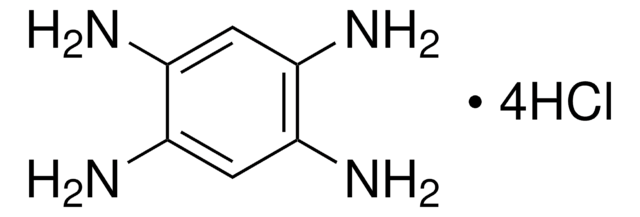
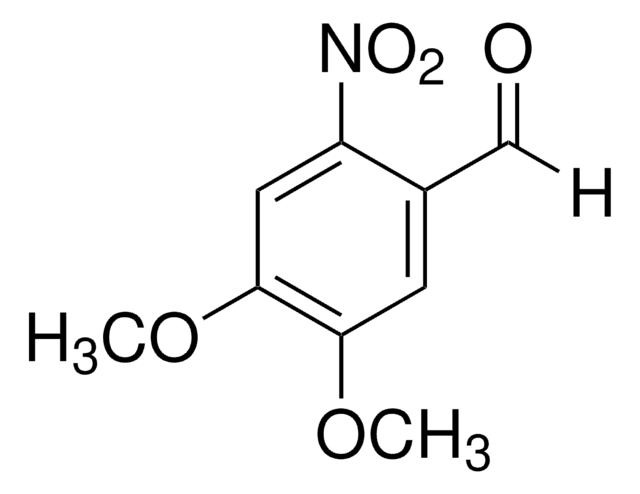
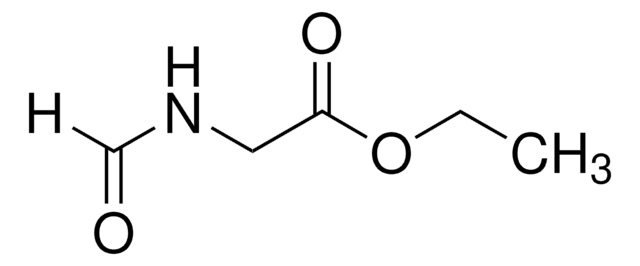
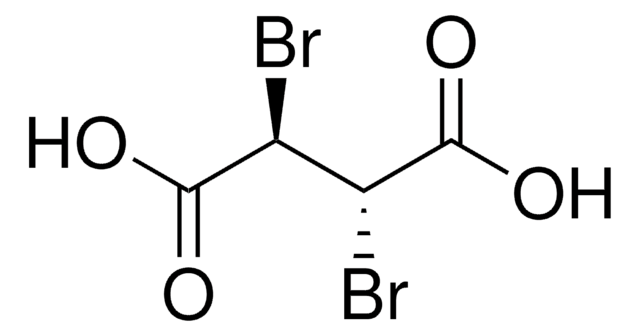
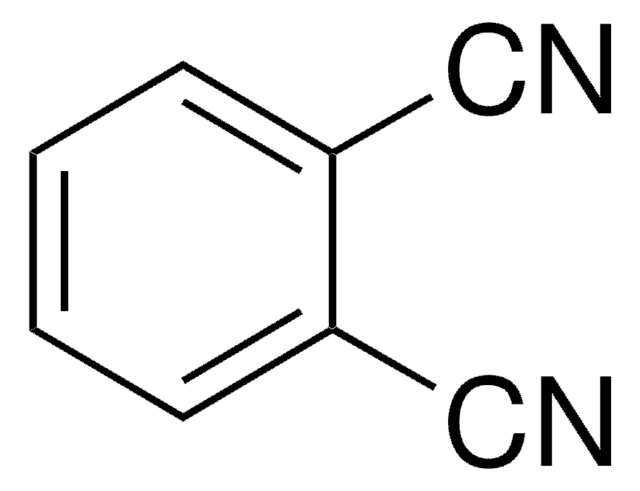
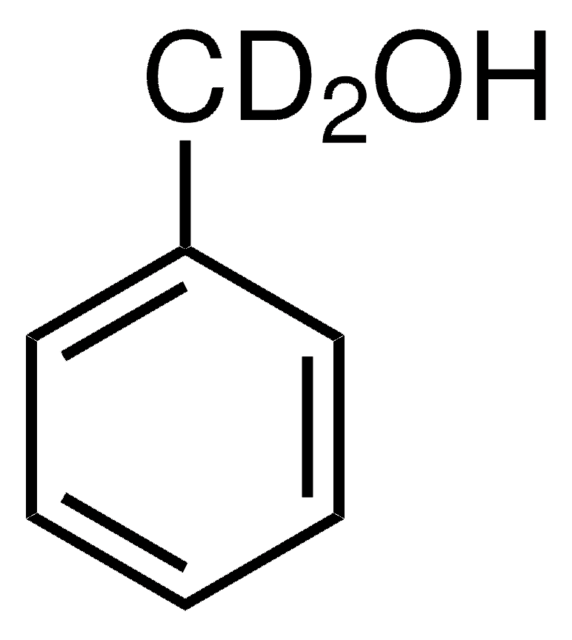


![2H-Benzo[4,5]thieno[3,2-d][1,3]oxazine-2,4(1H)-dione AldrichCPR](/deepweb/assets/sigmaaldrich/product/structures/358/329/1e08ba10-a4f8-45a4-bec4-bdf24e9a273e/640/1e08ba10-a4f8-45a4-bec4-bdf24e9a273e.png)